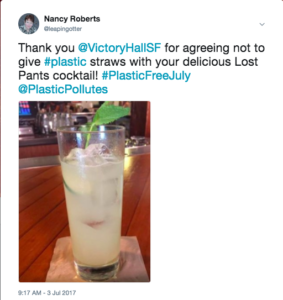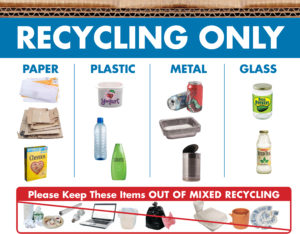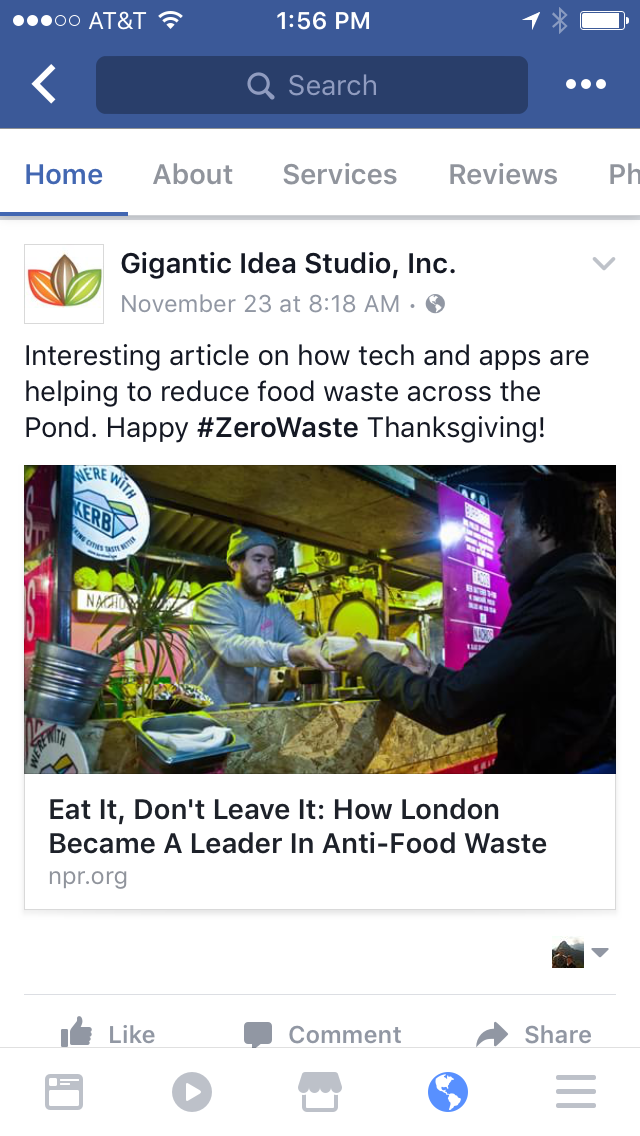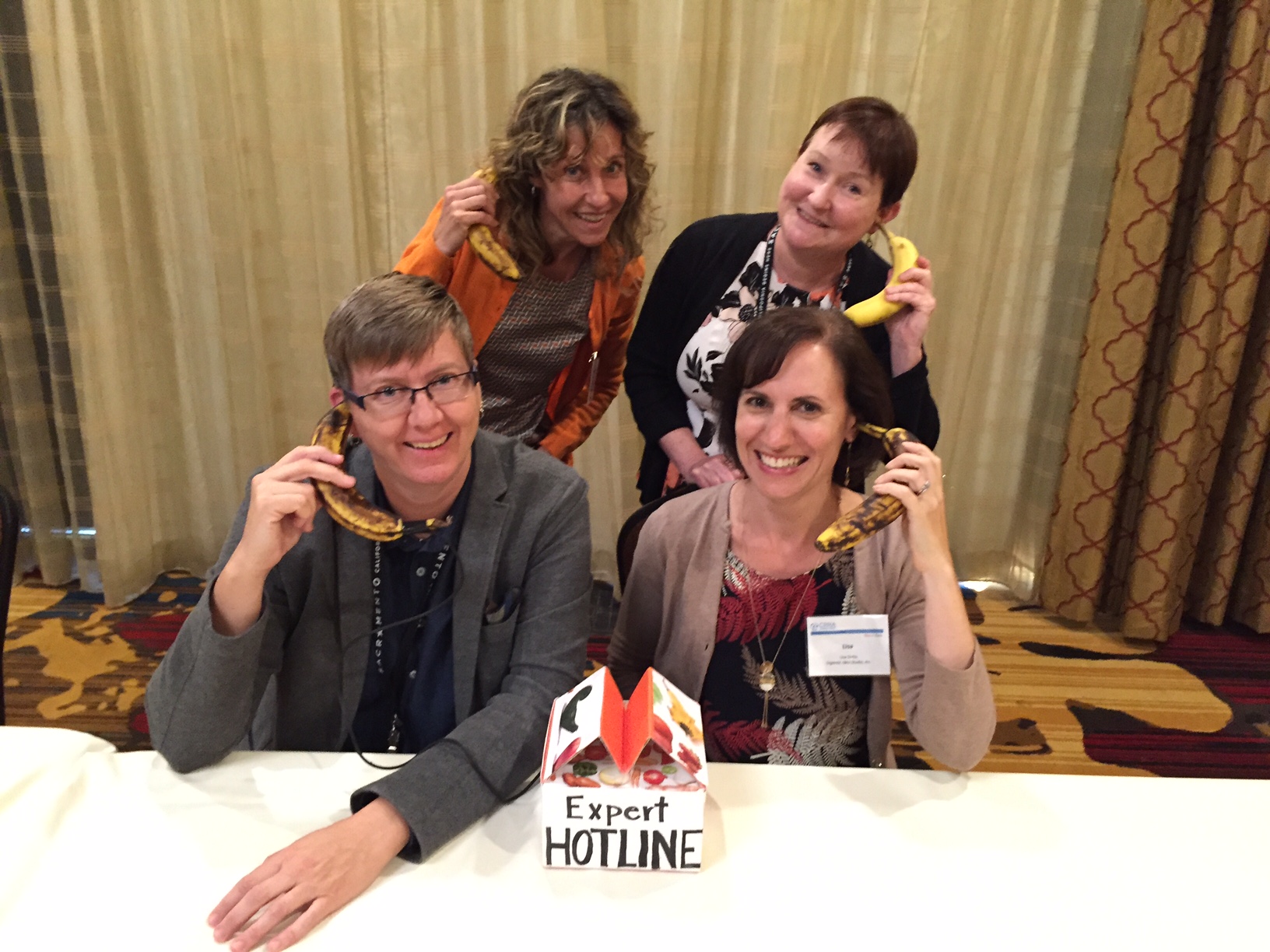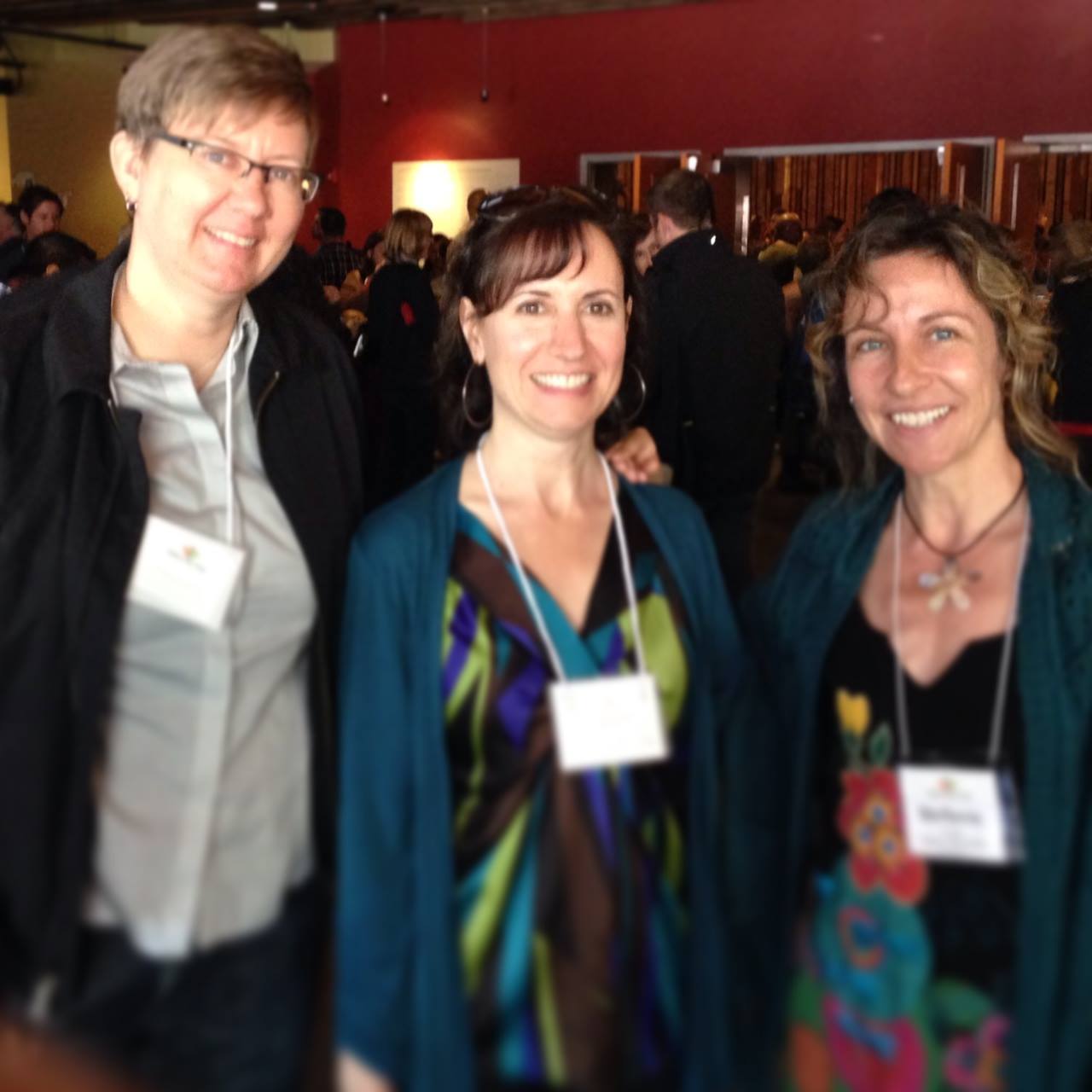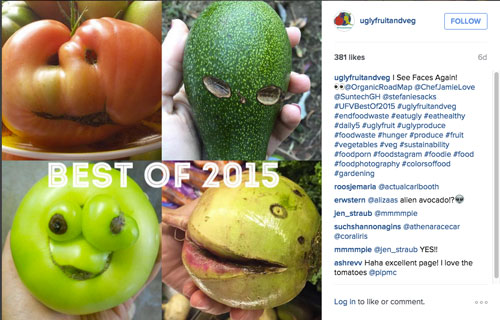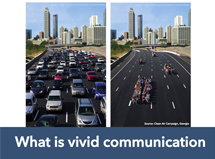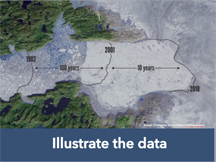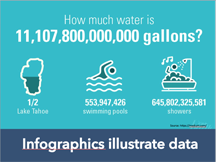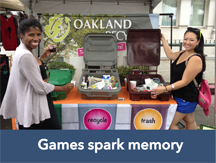As we work on environmental behavior change campaigns, we spend a lot of time crafting the perfect look and wording – to get the message right. Choosing the right messenger for that message is essential for its success. The Gigantic team’s presentation at the 2017 California Resource Recovery Association Conference covered several aspects of thinking about the best messenger.
Sometimes a public agency’s message can be strengthened and find traction when delivered in a different voice. The messenger’s “personality” can take several forms and can be delivered live, in print and digitally:
Mascots
Mascots have the power to attract and engage people and make them care about issues such as recycling, waste or water quality. Creating and implementing a mascot messenger takes planning, patience and creativity. We presented examples of recent environmental mascots and talked about the process for creating, naming, scripting and distributing a mascot.
Peers
A message is easier to accept if the viewer identifies with the person delivering the message. Our presentation touched on how to evoke thoughts like “Well, if she can do it, so can I” or “I want to be more like that person” in an environmental campaign, by recruiting community members to deliver the message.
Social Media
It’s easy to treat social media like another advertising channel for promoting your organization’s events and campaigns. But social media can be so much more than a digital bulletin board. We looked at ways to establish a personality on social media that doesn’t just tell folks what to do, but that interacts, observes, and participates in the broader online community. One excellent example is Baltimore’s Mr. Trash Wheel, who demonstrates best practices for tone and engagement.
Here is the CRRA presentation covering the above topics. Please let us know if you have questions or would like to talk about how the right messenger can work for you.
